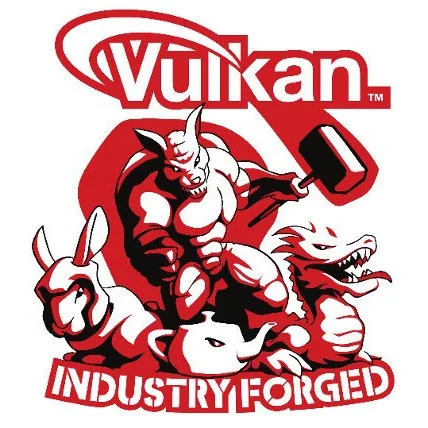X-Plane Flight Simulator Continues Advancing Its Renderer With Vulkan

It was just last year that X-Plane debuted with Vulkan support after being tied to OpenGL support previously for its custom renderer developed at Laminar Research. That Vulkan support debuted in X-Plane 11.50 and has continued improving since and even more enhancements ahead for future releases.
On Monday the company began teasing their next-generation forestry/vegetation rendering support, which is tied to the use of Vulkan and Metal:
If you use this flight simulator hopefully you are using a GPU from the past number of years supporting Vulkan, since that and Metal are their rendering future -- similar to that of other studios.
Sidney Just of Laminar Research wrote on their blog, "The next generation tree tech makes heavy use of features that have only become possible for us thanks to Vulkan and Metal. In fact, it’s not just the tree tech, the new lighting and other next generation features make heavy use of features we finally have access to. The road to Vulkan and Metal wasn’t just to make the sim faster, but also pave the road for what’s to come next. So what does this mean for the venerable OpenGL rendering backend? Sadly, there is no next generation future for OpenGL, as it just isn’t possible to support it."
While X-Plane's own rendering system will be focusing exclusively on Vulkan and Metal going forward, they do intend to still support X-Plane plug-ins that rely on OpenGL functionality.
10 Comments

